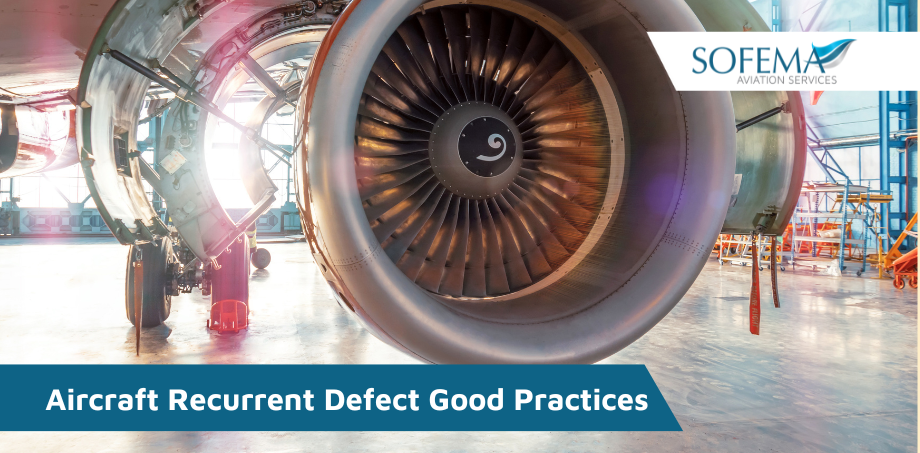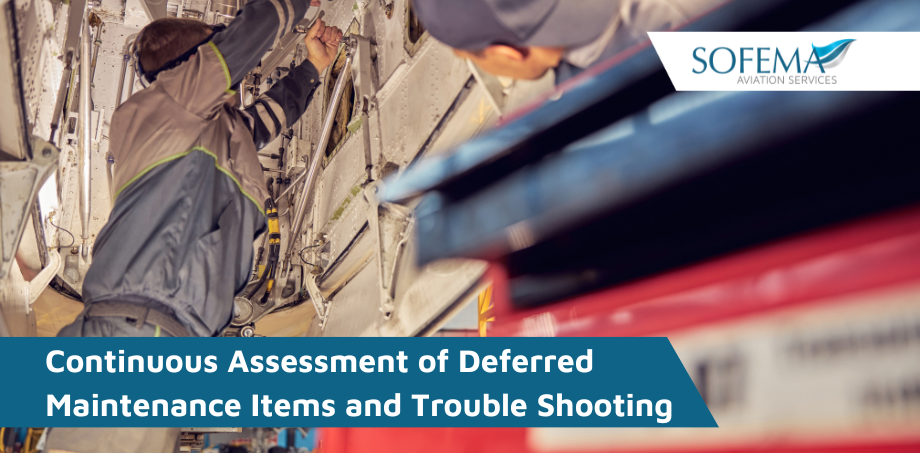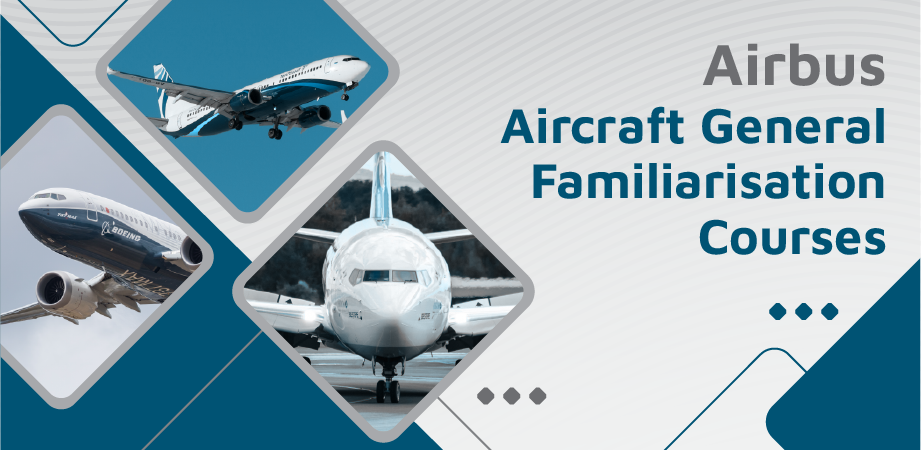Aircraft Recurrent Defect Good Practice Considerations
read more
Sofema Aviation Services (SAS) looks at some examples and considerations related to Aircraft Recurrent Defect management best practice – with thanks to EASA. Aircraft Recurrent Defect – Introduction Aviation History shows that a number of accidents and high risk occurrences have been linked to recurrent defects and technical faults on aircraft components and systems. These events were…






